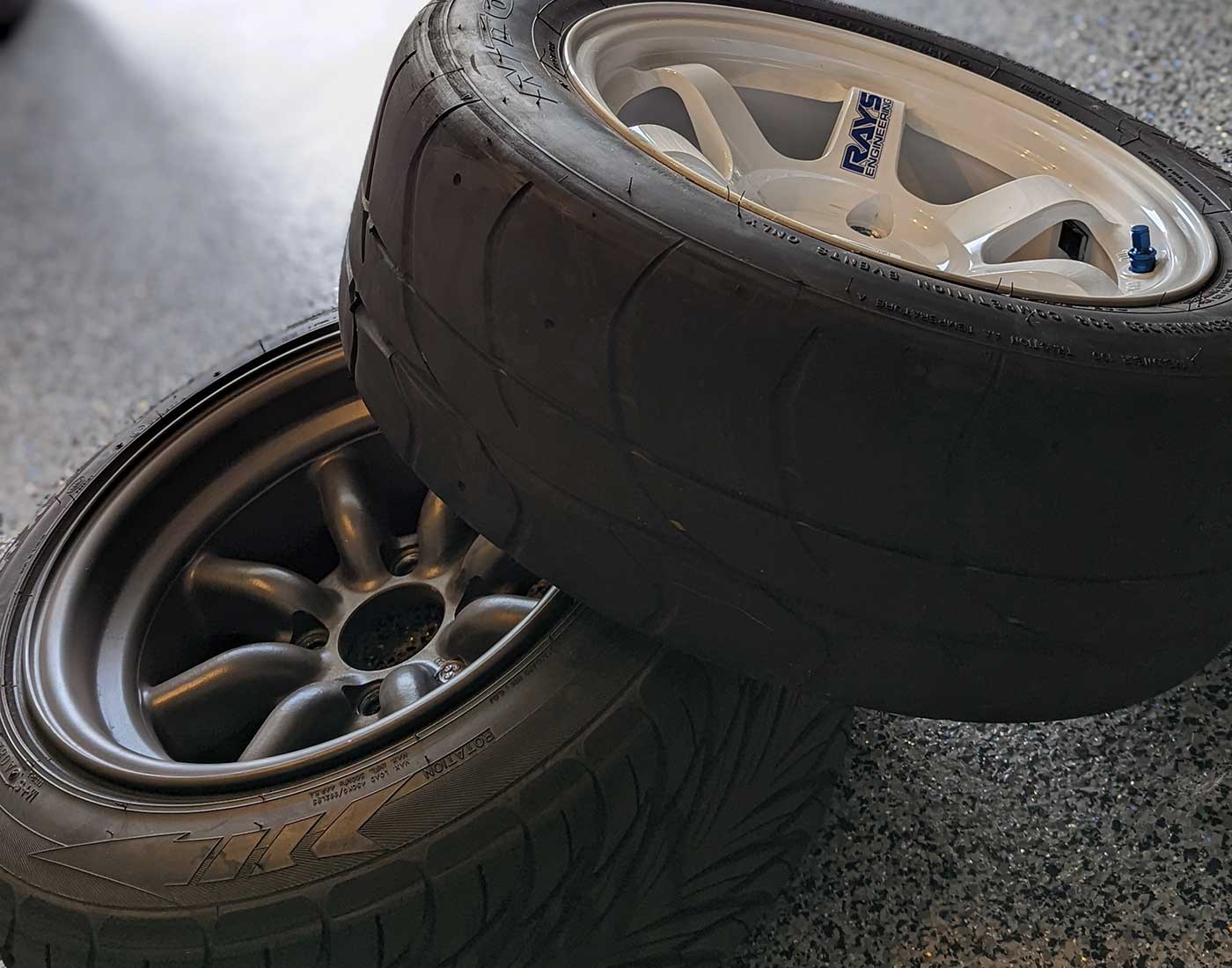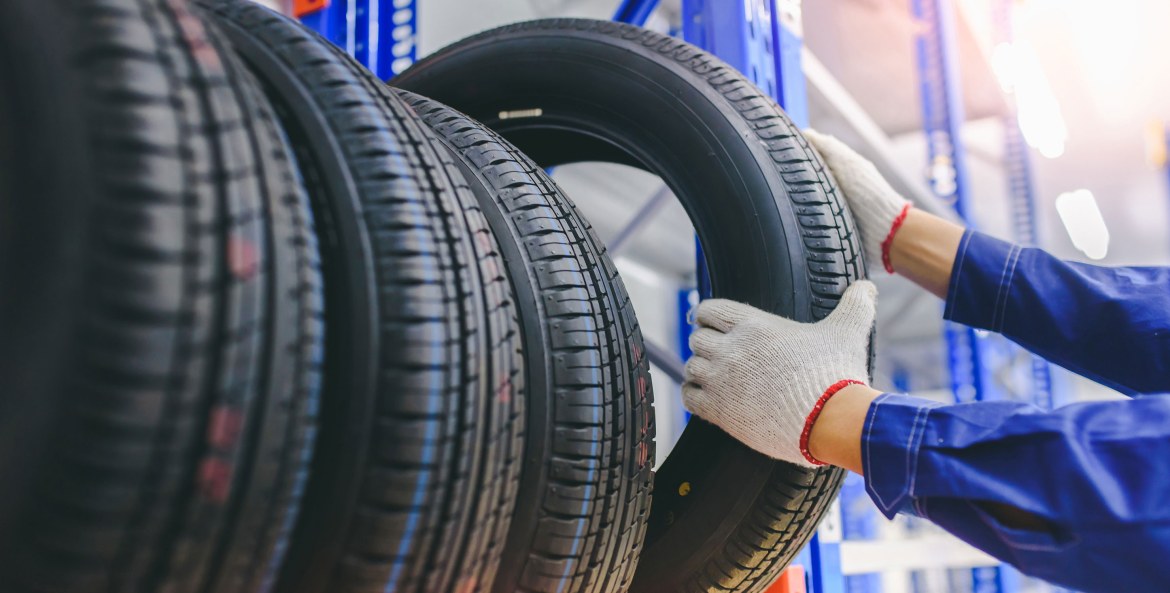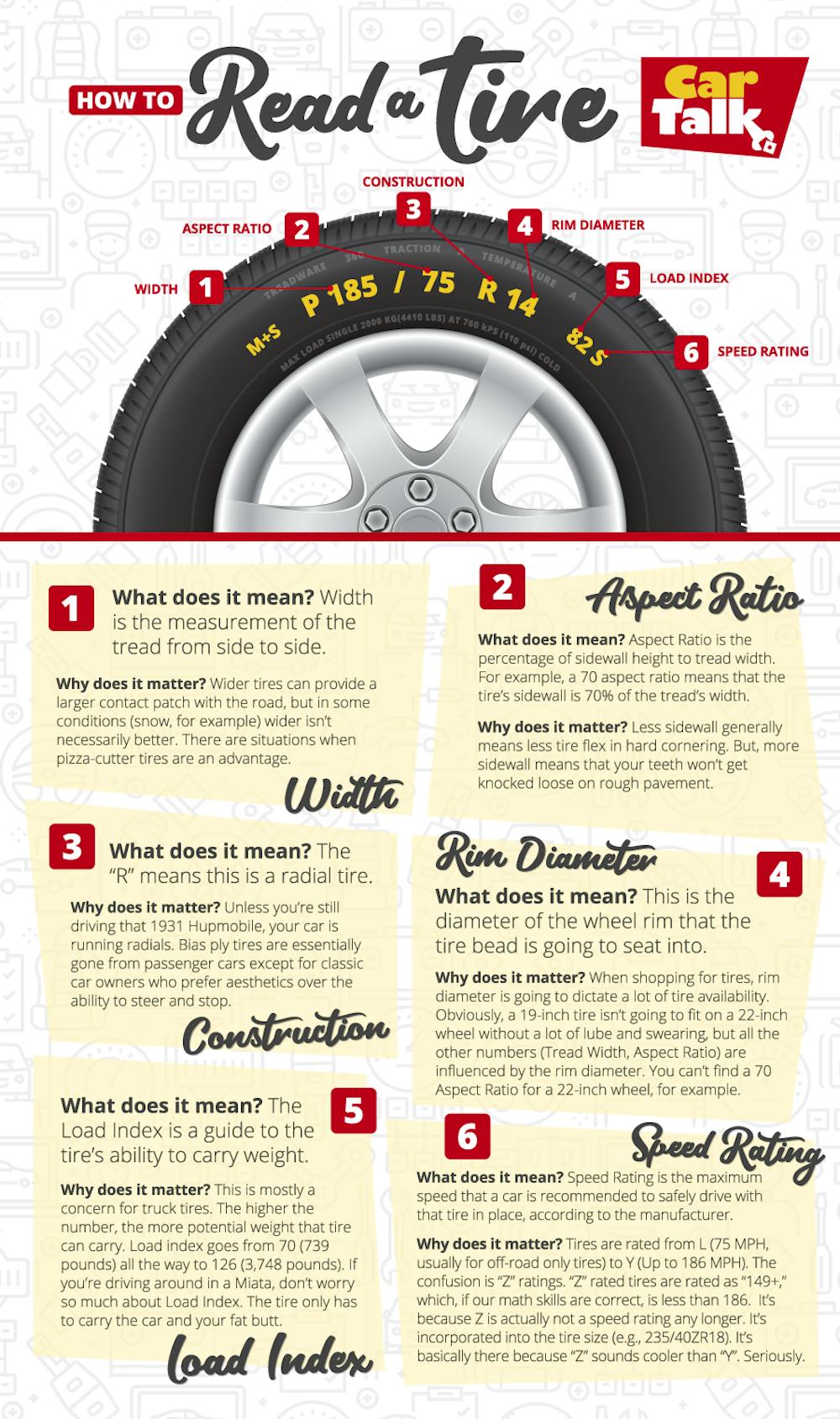All Categories
Featured
Table of Contents
I was able to obtain 100 hours out of among these tires, and while it had definitely no tire lugs left on it, the soft substance made it function extremely wellas long as I was using a soft mousse. Kitt Stringer image Easy mounting - 3Wear - 3Sidewall toughness - 3Performance on roots - 4Performance on wet rocks - 2Traction on dust - 5Cornering capability - 4Traction while stopping - 4Self-clearing of dust and mud - 3Performance in mud - 3Overall predictability or monitoring - 3 _ 37 Conclusion: This is a good well-rounded tire with good worth for cash.

The wear corresponded and I such as for how long it lasted and how constant the feel was throughout use. This would also be a good tire for faster races as the lug dimension and spacing little bit in well on fast surface. Kitt Stringer picture Easy mounting - 3Wear - 3Sidewall toughness - 3Performance on origins - 4Performance on damp rocks - 4Traction on dirt - 4Cornering capacity - 4Traction while braking - 5Self-clearing of dust and mud - 4Performance in mud - 4Overall predictability or tracking - 4_42 Conclusion: I liked this tire a great deal.
If I needed to get a tire for difficult enduro, this would remain in my top option. Easy mounting - 3Wear - 3Sidewall stamina - 3Performance on roots - 4Performance on damp rocks - 3Traction on dirt - 4Cornering ability - 3Traction while stopping - 3Self-clearing of dirt and mud - 4Performance in mud - 4Overall predictability or monitoring - 3 _ 34 Conclusion: This tire was really soft and flexible.
All the gummy tires I evaluated done rather close for the very first 10 hours or so, with the winners going to the softer tires that had far better traction on rocks (Tyre and wheel services). Investing in a gummy tire will certainly provide you a strong benefit over a routine soft substance tire, but you do pay for that advantage with quicker wear
Trusted Tyre Shop ( Swan)
Best value for the cyclist that wants good performance while getting a reasonable amount of life. Ideal hook-up in the dust. This is an optimal tire for springtime and fall problems where the dust is soft with some moisture still in it. These proven race tires are excellent around, yet wear promptly.
My overall winner for a difficult enduro tire. If I needed to invest money on a tire for everyday training and riding, I would choose this set.
High-quality Tyres – Guildford WA
I have actually been running a collection of Michelin Power Pilot 2CT's on my track Daytona 675 for the past year. In that time I have done 15 track days in all climates from cold damp to extremely hot and these tyres have never missed out on a beat. Tyre packages. I've done almost 2,000 miles (3,200 kilometres) on them and as you can see from this shot of the front taken after initial session of my 15th track day on them, they still have rather a great deal of rubber left on them
Basically the 2CT is an amazing track day tire. If you're the sort of rider that is likely to come across both damp and dry problems and is starting on track days as I was in 2015, after that I think you'll be difficult pushed to find a better worth for cash and competent tyre than the 2CT; a set of which will establish you back around 185 (US$ 300) in the UK.
Developing a better all round road/track tire than the 2CT should have been a hard job for Michelin. The result of that effort is the Michelin Pilot Power 3 which essentially changes the Pure. Don't puzzle this new tire with the road going Pilot Roadway 3 which is not developed for track use (although some riders do).
When the Pilot Power 3 released, Michelin suggested it as a 50:50% road: track tire. All the cyclist reports that I've read for the tire price it as a much better tyre than the 2CT in all locations however especially in the damp.
Tyre Shop
Technically there are plenty of distinctions between both tires even though both make use of a twin compound. Visually you can see that the 2CT has less grooves cut right into the tire however that the grooves run to the edge of the tire. The Pilot Power 3 has more grooves for better water dispersal but these grooves do not get to the shoulder of the tyre.
One element of the Pilot Power 3 which is different to the 2CT is the new 2CT+ innovation which expands the harder middle section under the softer shoulders (on the back tire). This should provide much more security and minimize any "agonize" when increasing out of edges despite the lighter weight and more adaptable nature of this brand-new tyre.

I was a little dubious concerning these lower stress, it turned out that they were great and the tyres carried out truly well on track, and the rubber looked much better for it at the end of the day. Equally as a point of referral, other (rapid group) cyclists running Metzeler Racetecs were utilizing tyre stress around 22-24 psi for the rear and 24-27 psi on the front.
Developing a far better all rounded road/track tyre than the 2CT need to have been a tough task for Michelin. The result of that effort is the Michelin Pilot Power 3 which basically changes the Pure. Do not confuse this new tyre with the road going Pilot Roadway 3 which is not designed for track use (although some motorcyclists do).
Trusted Tyre Fitting (Guildford WA)
They motivate big confidence and supply fantastic grip levels in either the wet or the completely dry. When the Pilot Power 3 introduced, Michelin advised it as a 50:50% roadway: track tyre. That message has actually lately changed because the tires are currently suggested as 85:15% roadway: track usage rather. All the rider reports that I have actually read for the tire price it as a better tyre than the 2CT in all areas but specifically in the damp.

Technically there are many differences between the 2 tyres even though both use a double substance. Aesthetically you can see that the 2CT has fewer grooves reduced into the tire yet that the grooves run to the side of the tire. The Pilot Power 3 has more grooves for far better water dispersal however these grooves do not get to the shoulder of the tire.
One element of the Pilot Power 3 which is various to the 2CT is the new 2CT+ modern technology which prolongs the harder middle area under the softer shoulders (on the back tyre). This must give a lot more stability and decrease any type of "wriggle" when accelerating out of edges despite the lighter weight and more flexible nature of this new tire.
I was a little suspicious about these reduced pressures, it transformed out that they were great and the tires executed really well on track, and the rubber looked far better for it at the end of the day - Performance tyres. Simply as a factor of referral, various other (rapid group) bikers running Metzeler Racetecs were making use of tyre pressures around 22-24 psi for the back and 24-27 psi on the front
Latest Posts
Tyre Installation (Middle Swan)
Affordable Long-lasting Tyres – Caversham 6055 WA
Wheel Balancing Services – Swan